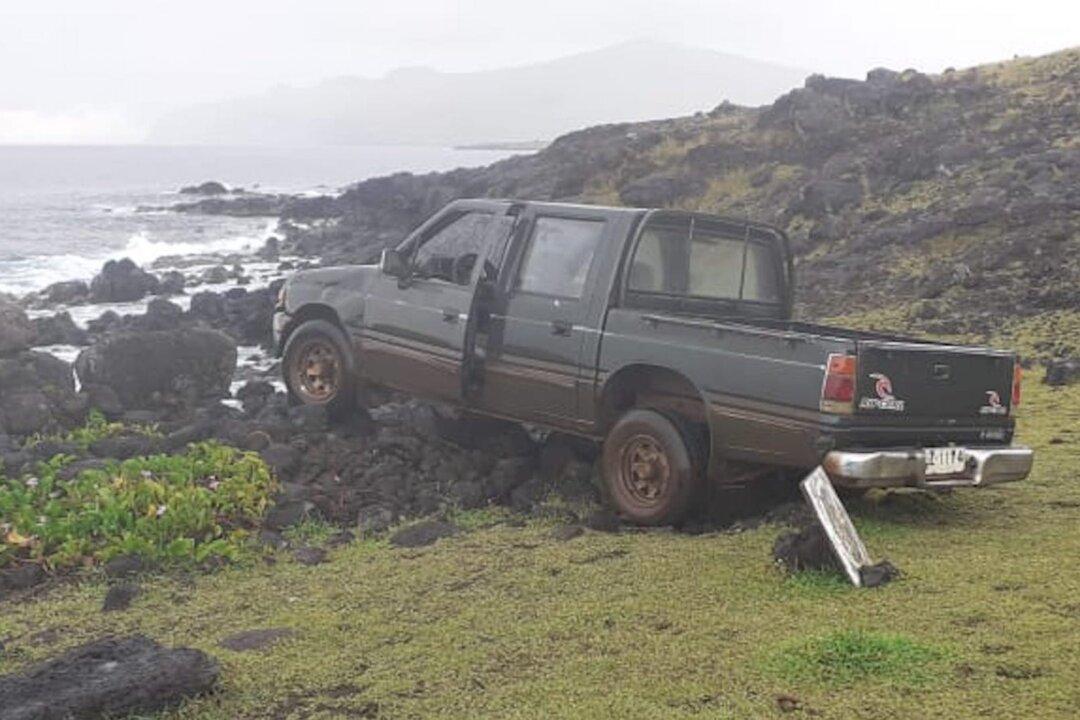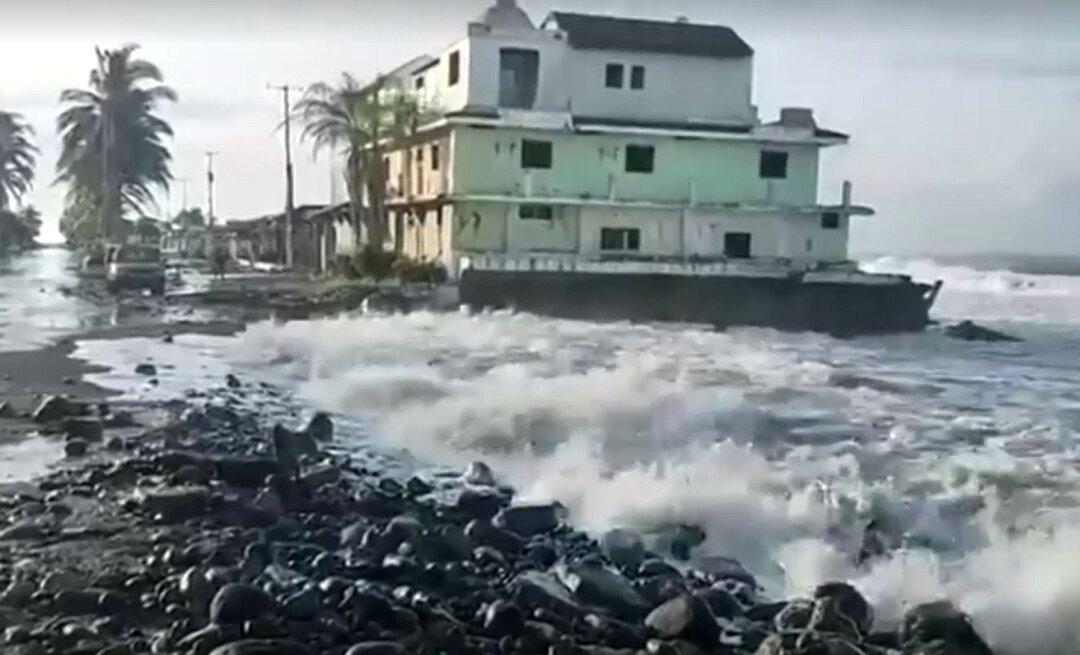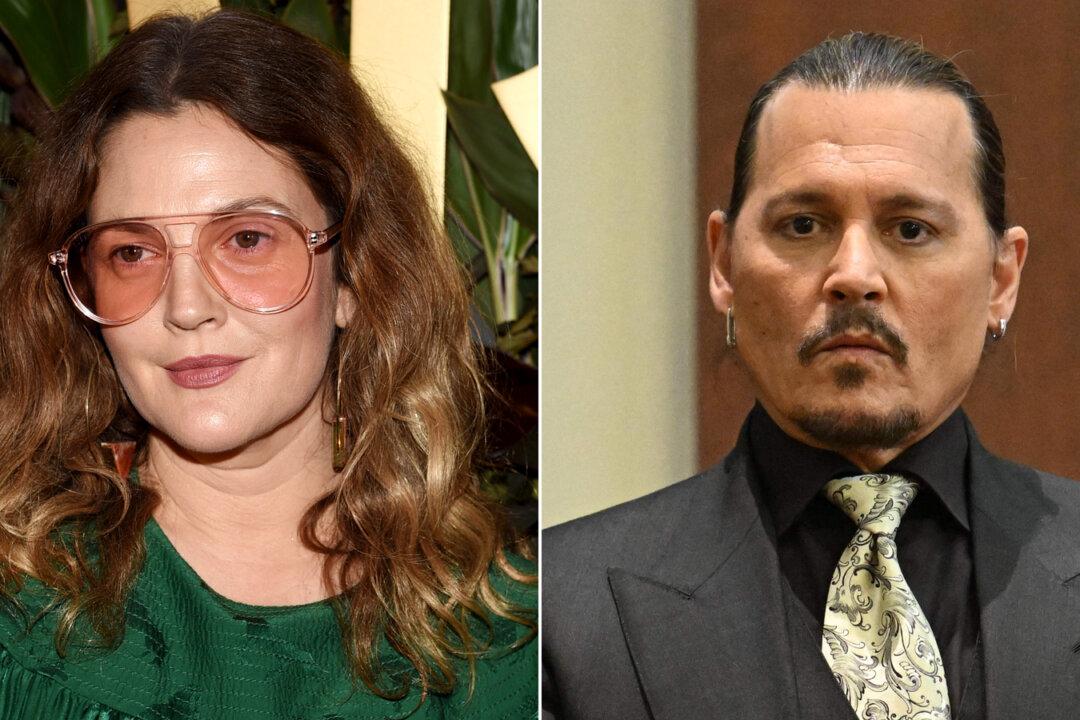One of Easter Island’s world-famous moai statues has been destroyed in an accident.
A Chilean island resident was arrested on March 1 after his truck—a private vehicle, not a commercial one—crashed into one of the stone figures and severely damaged both it and the ahu, or platform, it was perched on.




